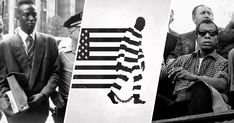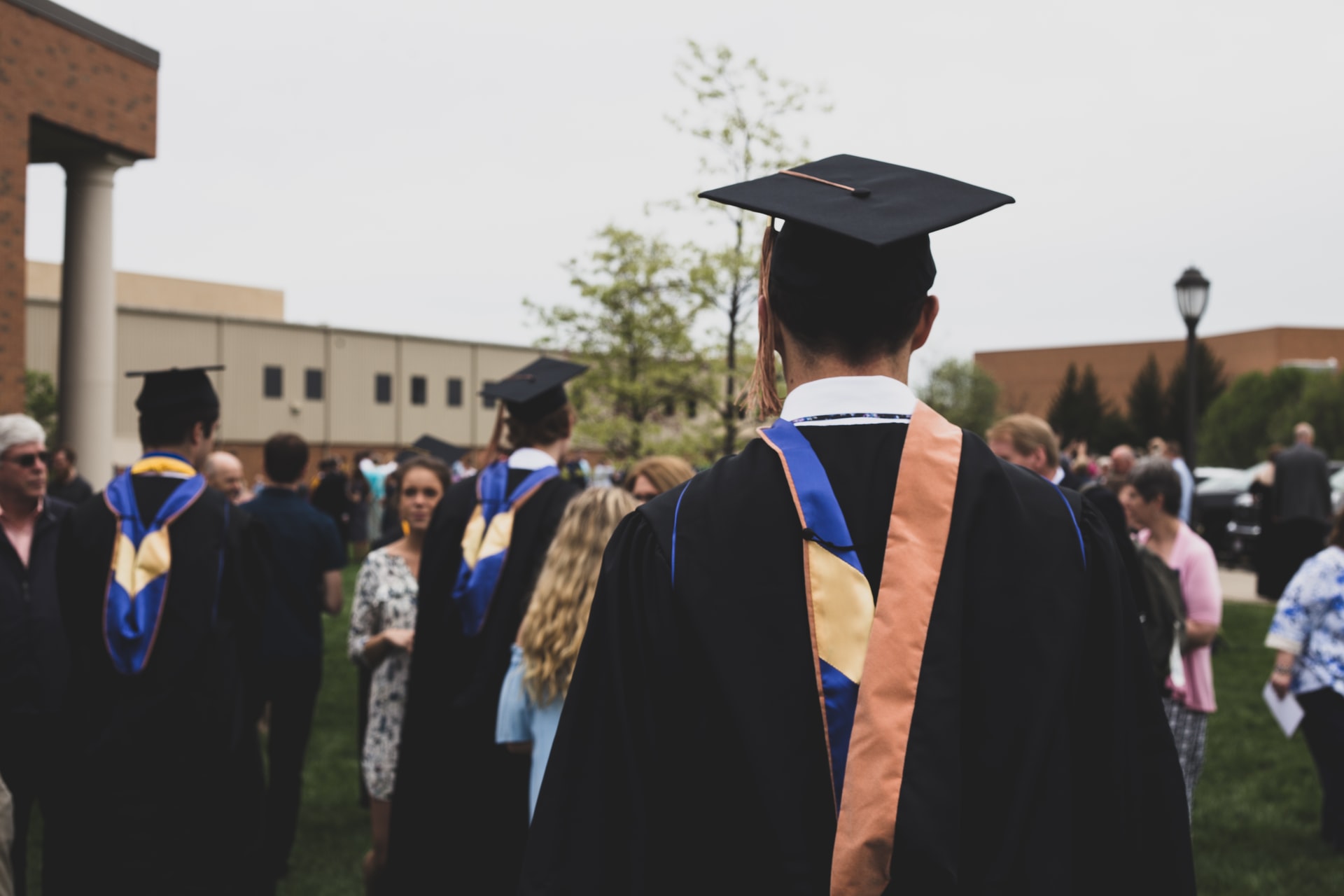The Troubling History of Institutional Racism in American Schools

Racial biases are not uncommon throughout the history of the United States’ educational system. Native American children have been kidnapped from their families and forced into boarding schools since the 1800s, where they were urged to renounce their native language and accept a foreign religion. Education was utilized to forcibly assimilate these Native American youngsters into White society. This institutional racism fostered the notion that White culture was superior to Native American culture.
These racial prejudices manifested themselves in a different way among the Chinese. Instead of forcing them to adapt to the approved White educational system, Chinese-American children were prevented from attending school entirely. Later legislation established that they had a right to public education, but it also separated them into Chinese-only schools. Latinos were subjected to the same fate as Chinese students in terms of systematic exclusion from school. Latinos were later permitted access to education as a result of a judgement by a judge who held a certain worldview; the judge claimed that Latinos were of White descent and hence superior to other minorities.
Laws against African-Americans in the American South completely hampered their ability to obtain an education. It was against the law for an African-American to learn to read and write. To receive an education, African-American communities had to rely on institutions founded by Quakers and Christians. However, turbulence and violence always found white allies, forcing these schools to close their doors. In these plantation states, there was a palpable fear of an uprising, and illiteracy became a weapon used against African-Americans. Plantation owners and Southern whites believed that if African-Americans stayed illiterate, they would not revolt, hence sustaining the status quo of slavery.
Jim Crow laws first appeared in 1877 (the late 1800s?). The “separate but equal” idea established a system of segregated schools in education (i.e., Plessy vs. Ferguson). African-American students had difficulty finding schools in their districts under this approach, or they were compelled to attend schools that did not fulfill the proper criteria. Black schools were also constantly threatened with closure in order to make way for financing for their white counterparts
Brown vs. Board of Education, decided in the 1950s, flipped the “separate but equal” theory on its head by overturning the previous Plessy vs. Ferguson decision. Progress, however, was met with violence. When white protestors and African American students clashed, schools virtually became war zones, necessitating military intervention. Photos of students as young as six years old being escorted to and from school by U.S. Marshalls filled headlines as racial bias in the education system fueled the upcoming Civil Rights Movement.
The Civil Rights Movement resulted in laws that supported and advanced what Brown v. Board of Education began. During this time, the Federal Civil Rights Act of 1964 and the Department of Civil Rights were established. Both were enacted to ensure that civil rights were protected and that government funds were dispersed fairly in the educational system.
Following these turbulent years, public schools grew more integrated from the 1960s to the 1980s, with schools eventually leveling out. So, where does that leave us?






